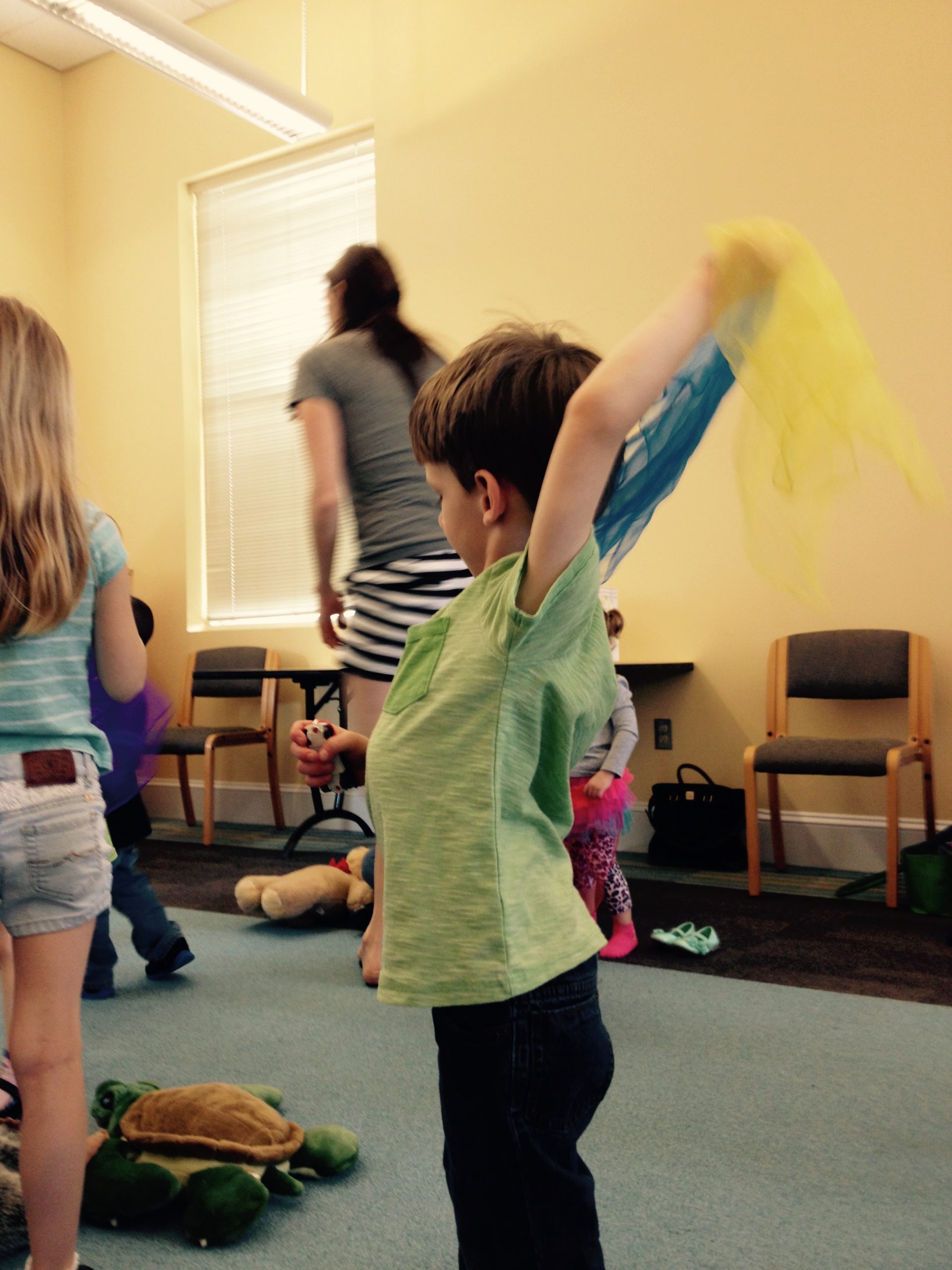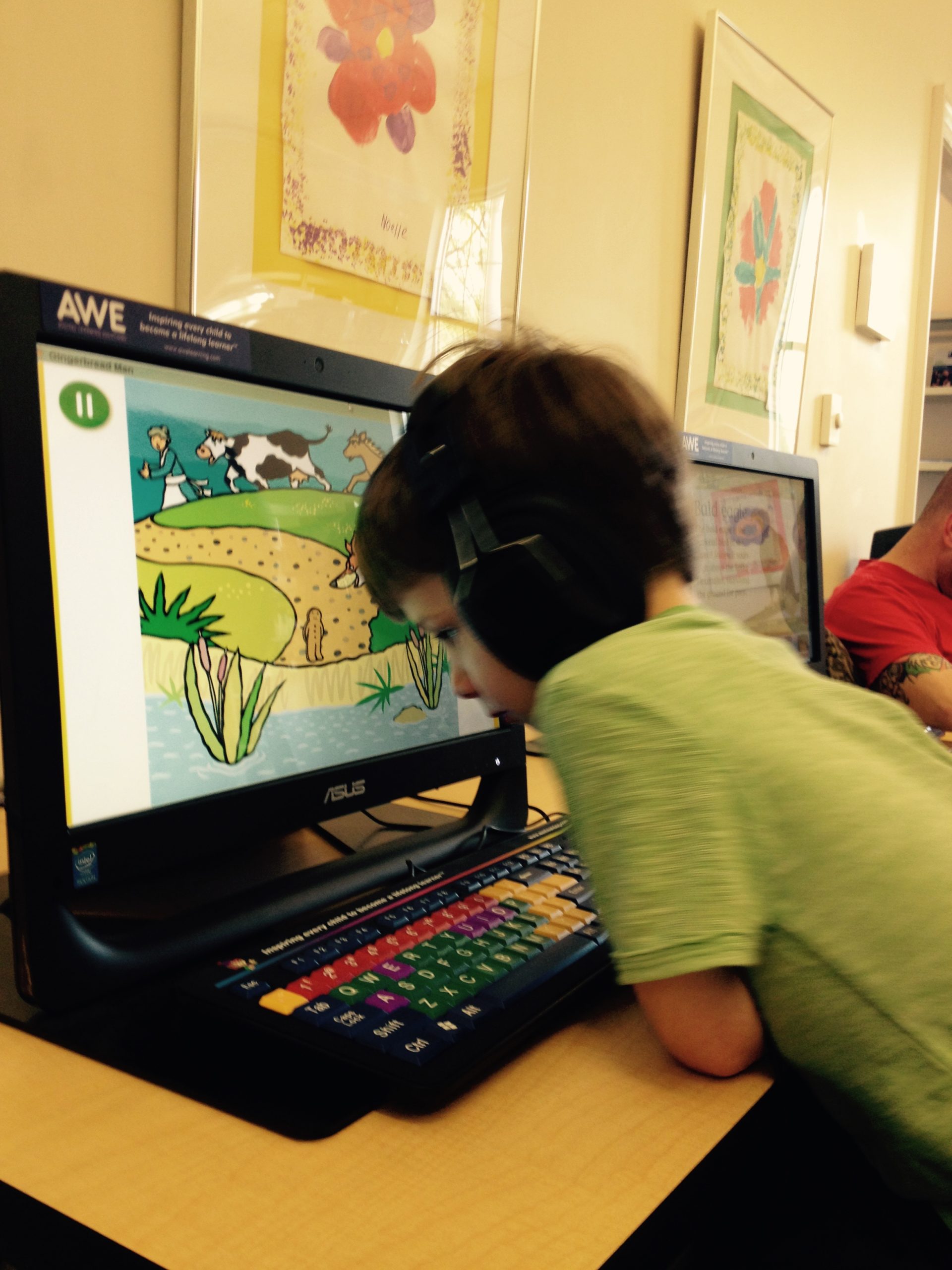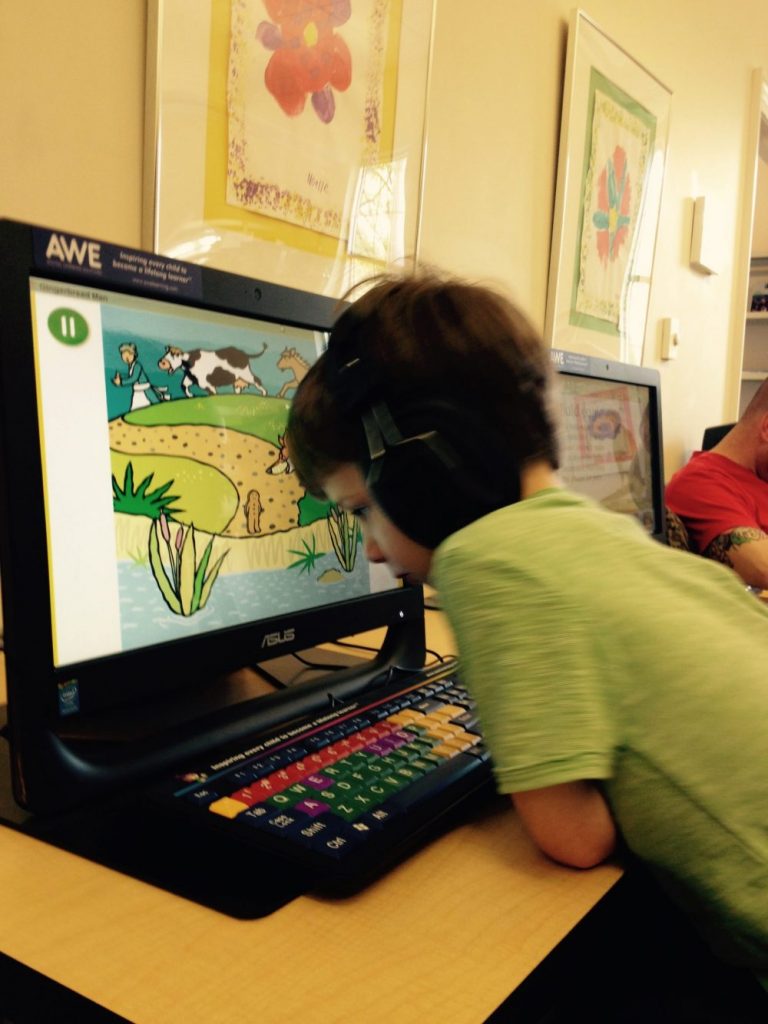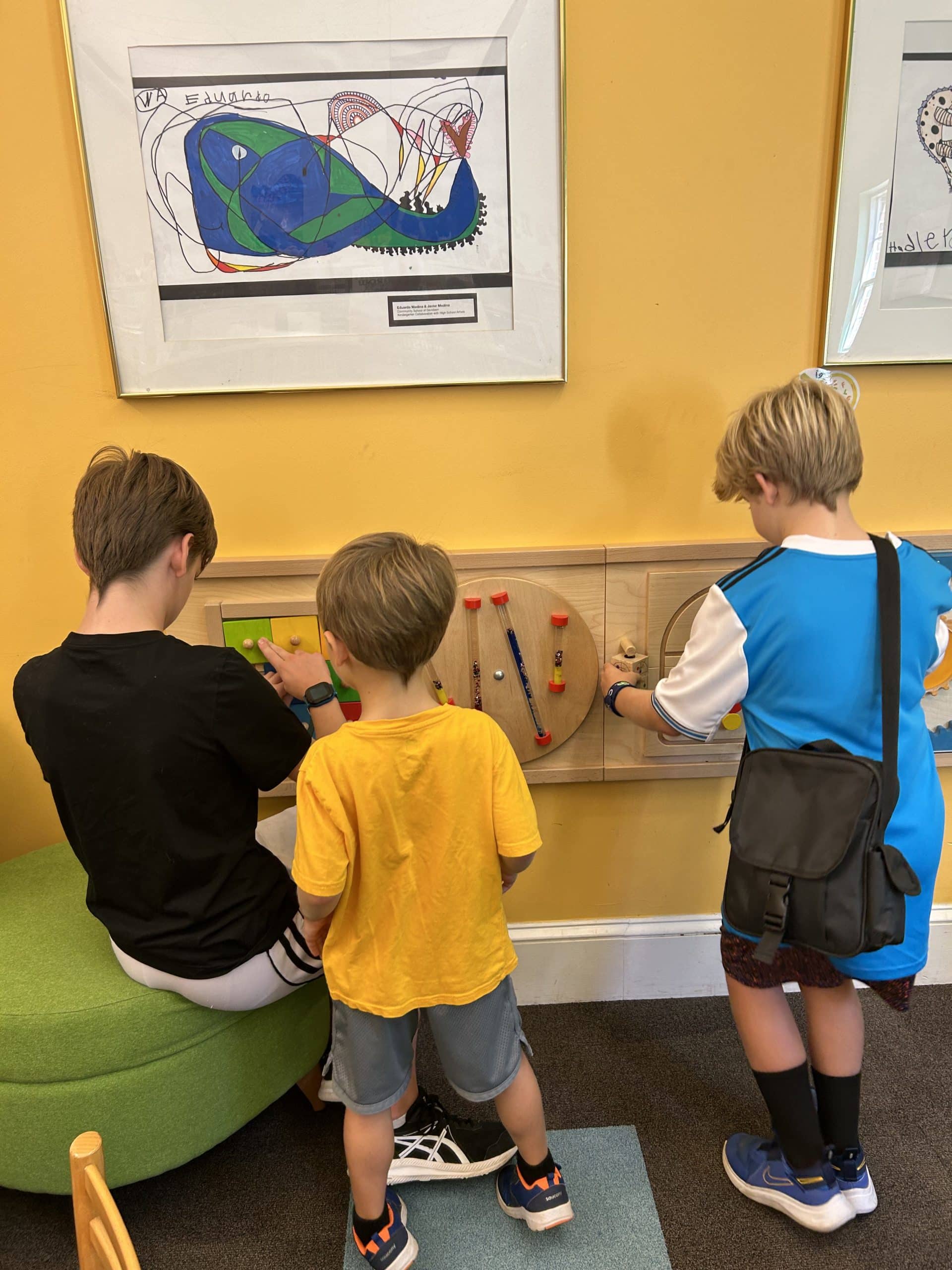Is there a difference in ordinary play and playful learning? All parents and educators understand the value in a child’s play and no one wants to take the fun out of recess.

Play that involves learning is based on a well-choreographed set of lessons that lead to a specific goal. It requires careful planning and takes much time from the educator. Do educators and parents focus on ways to incorporate play and learning? Education doesn’t need to become entertainment for children. And, play shouldn’t be a reward for suffering through worksheets or memorization of procedures and facts.
Project based learning, inquiry based learning, and hands-on activities can be examples of playful learning. It is important and includes student interests in the learning project with goals that match standards.
Where can you find playful learning outside of the school environment? Try local museums, science centers, libraries, and colleges that include ‘kid’ classes.
Learning through play with ‘hands-on, minds on’ methods is the key. Children discover, improvise, discuss, and challenge themselves. It aids in social, emotional, and physical development. Play is an important mediator for learning and socializing throughout life. It is not just designed for the young child. The misconception of the word ‘play’ is that it is defined as the opposite of work. However, work becomes play when a person enjoys what he/she is doing.
 Interactive games play an important part in stimulating and supporting learning. Players learn by doing (hands on, minds on) in virtual settings and virtual settings respond to every move a person makes. Players learn new skills, knowledge, insights and attitudes that challenge them to think and respond. Virtual games usually adapt to a player’s ability and keep a difficulty level that challenges the student/person. In playing, students learn to fail, assess their method, and begin again. Additional skills taught through video games are self-control, persistence, teamwork, and self-confidence.
Interactive games play an important part in stimulating and supporting learning. Players learn by doing (hands on, minds on) in virtual settings and virtual settings respond to every move a person makes. Players learn new skills, knowledge, insights and attitudes that challenge them to think and respond. Virtual games usually adapt to a player’s ability and keep a difficulty level that challenges the student/person. In playing, students learn to fail, assess their method, and begin again. Additional skills taught through video games are self-control, persistence, teamwork, and self-confidence.
Meaningful activities have purpose in learning the content of a subject. Mathematics and science are two subjects that incorporate learning with play. The best way to engage students is through hands-on, which gives the appearance of play.
• I hear and I forget
• I see and I remember
• I do and I understand
-Chinese Proverb
Simulating play through hands-on learning has benefits for students that are neither academically inclined or have no interest in school.
Busy hands stimulate the brain. Students that participate in playful learning have a tendency to ask questions and become more independent in their own learning.
Playful learning doesn’t have to be free play. It should involve the learning of content and reaching goals and standards. It can also include teachable moments while a person/student is at play. Playful learning requires much planning and engagement by the educator and the parents. By restoring motivation, connection, and the desire to learn, academic performance will increase.



